Deep Pacific swells hint at looming upheaval.
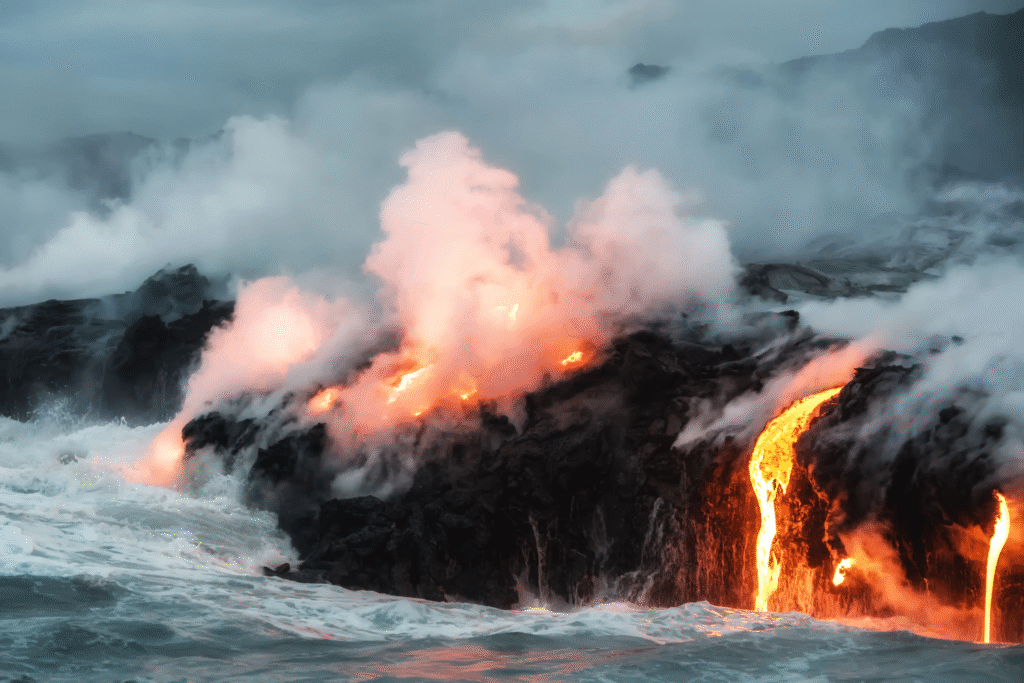
Off the Oregon coast, hidden beneath more than a mile of seawater, the Axial Seamount is stirring with a troubling intensity. Scientists are detecting earthquake swarms, inflation of the seafloor, and chemical shifts that together suggest magma is on the move. This undersea giant, sitting along the Juan de Fuca Ridge, has erupted before, but the signals this year echo and amplify what came before 1998, 2011, and 2015. Real-time observatories now beam back data every second, offering an unflinching look at a massive volcano swelling in silence, and every new tremor ratchets up the question of whether the Pacific floor is about to tear open again.
1. Earthquake swarms are intensifying around the volcano.
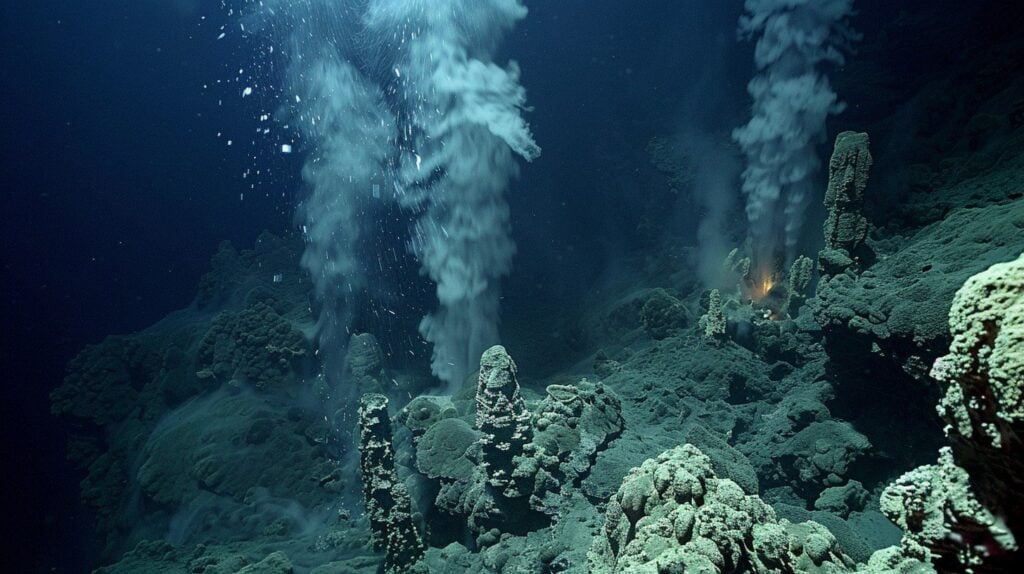
Hundreds to thousands of tiny quakes are now rattling through the volcanic rock beneath Axial each day, according to the Regional Cabled Array that wires its slopes to shore. These tremors are not random background noise but the pressure signature of magma forcing its way upward, fracturing the crust and preparing potential pathways for eruption. The frequency and clustering of quakes are eerily similar to what scientists documented in the months before Axial’s previous eruptions, but this time they are spiking faster and spreading wider, forcing researchers to treat the pattern as a red alert.
2. The volcano itself is visibly inflating with magma.
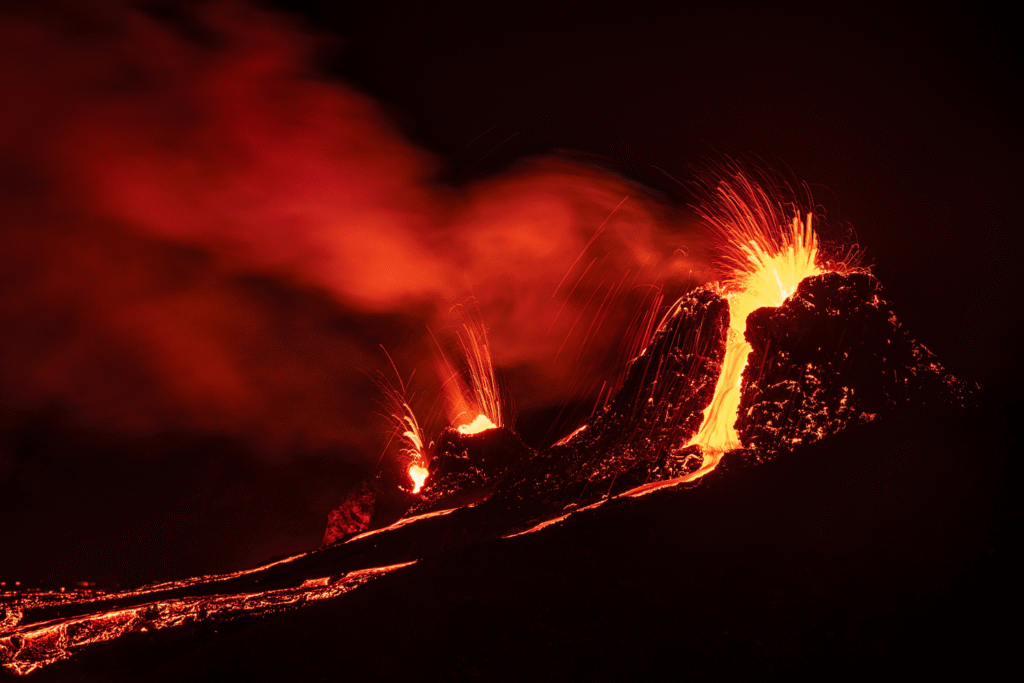
Pressure sensors anchored to the seafloor reveal that Axial is literally swelling upward as molten rock collects in its chambers, as stated by geologists monitoring its movement. The rate of uplift has already matched and in some places surpassed what was recorded in the lead-up to 2015’s eruption. Each centimeter of rise is the physical proof of a ballooning magma body straining against rock that may not hold much longer. The more the crust bends and bulges, the higher the likelihood that fissures will rip open and release lava across the caldera floor.
3. Tidal forces may be nudging eruption timing.
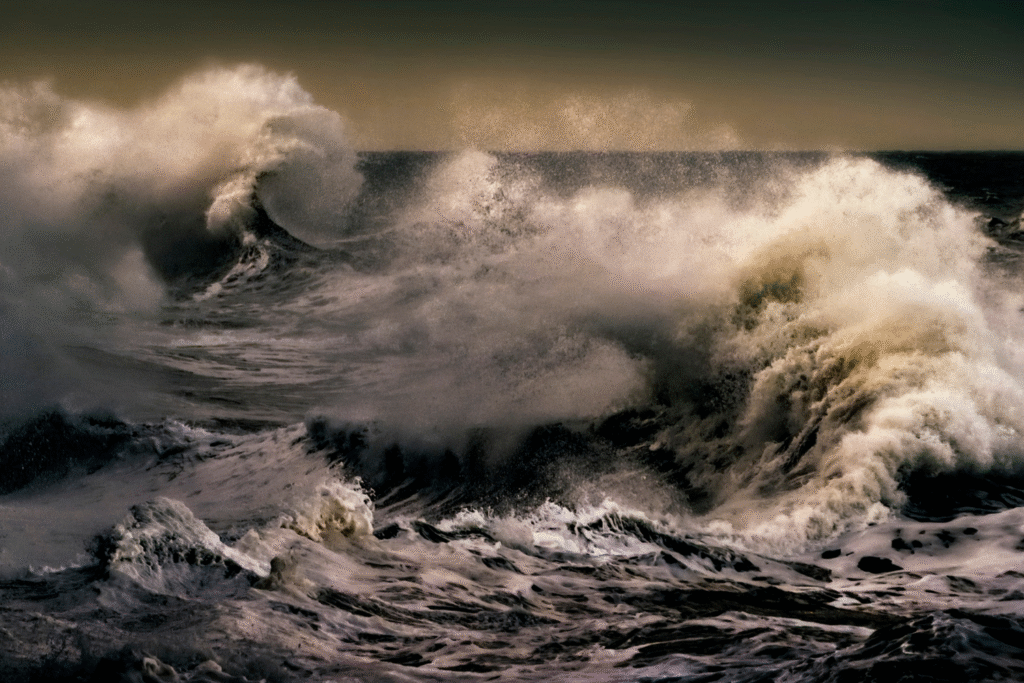
As reported by the University of Washington’s volcano team, Axial’s seismic pulses appear to wax and wane with the ocean’s tides, a reminder that even the moon’s pull can influence when the Earth decides to break. During low tide, the ocean’s weight on the crust eases slightly, and quake rates often surge as if magma takes advantage of the lighter load. It adds an unnerving rhythm to the unrest, a tidal heartbeat that may act as a trigger in the final countdown, complicating forecasts and forcing scientists to consider celestial cycles in their warnings.
4. The volcano’s past eruptions set useful precedents.
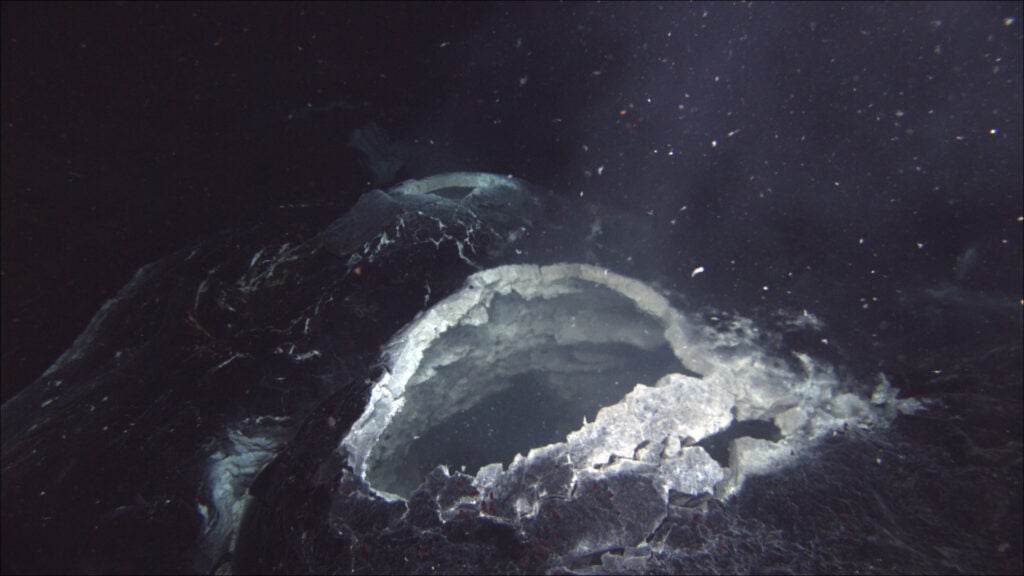
Axial erupted in 1998, again in 2011, and most recently in 2015, each time unleashing rivers of lava that paved over the seafloor and wiped out vent ecosystems in their path. Those events now serve as blueprints, and every signal recorded this year is being compared against those benchmarks. The sobering reality is that current uplift and seismic energy have already reached levels on par with, if not exceeding, what was measured before those previous blasts, leaving researchers to warn that another eruption may be more a matter of “when” than “if.”
5. The eruption likely won’t threaten land directly.
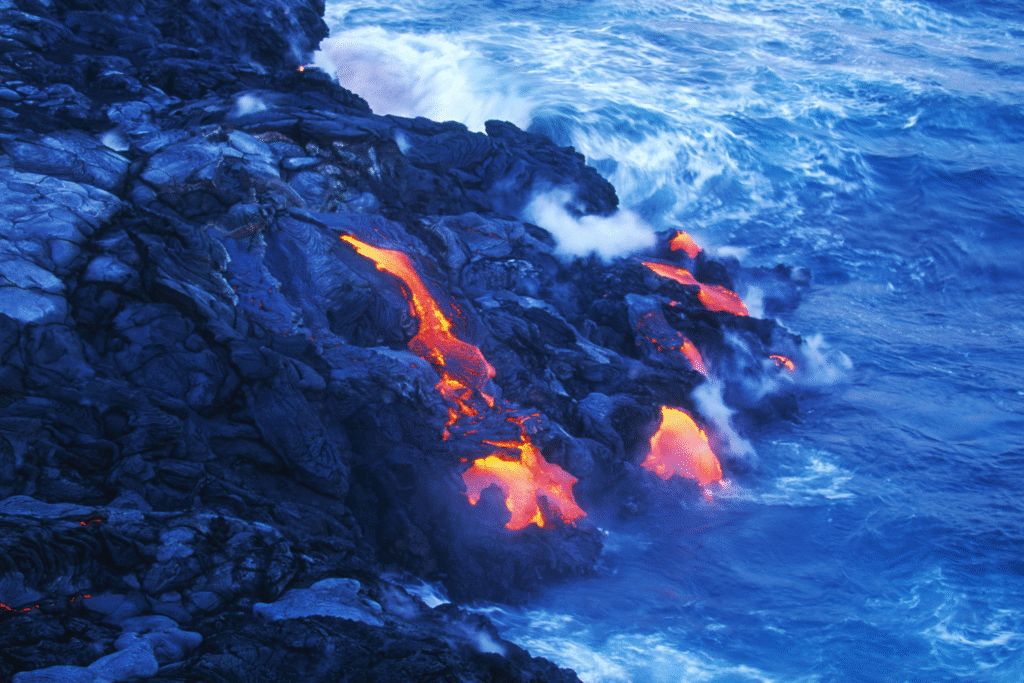
Axial lies nearly 300 miles off Oregon and sits far beneath the waves, which dampens its potential to send tsunamis or explosive ash clouds toward coastal communities. Its eruptions are typically effusive, spilling lava like glowing rivers that cool quickly into pillow basalts under the crushing pressure of seawater. That does not lessen the magnitude of the event—it simply redirects it into the deep. For those who study Earth systems, the looming eruption is a rare and unfiltered chance to watch the crust itself being rewritten while human eyes are watching live.
6. Hydrothermal vents may be disrupted or reborn.
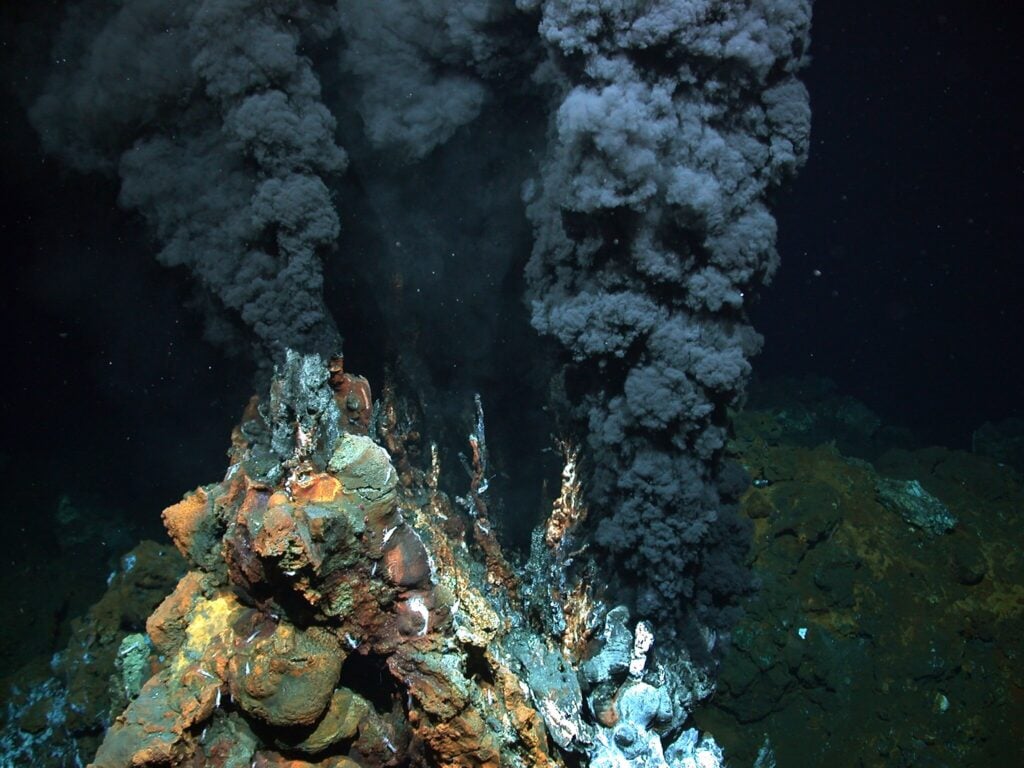
Axial’s volcanic slopes are ringed by hydrothermal vents that spew mineral-rich fluids supporting entire alien-like ecosystems, but an eruption would obliterate many of them in minutes. Lava flows can bury vent fields, kill off their unique communities of tubeworms and microbes, and then seed entirely new systems as water interacts with fresh rock. Within weeks, new chimneys may rise, plumes may shift, and life will recolonize the chaos. For biologists, it is a living experiment in destruction and renewal, tied directly to the convulsions of this restless seafloor giant.
7. Real-time observatories give unprecedented data access.
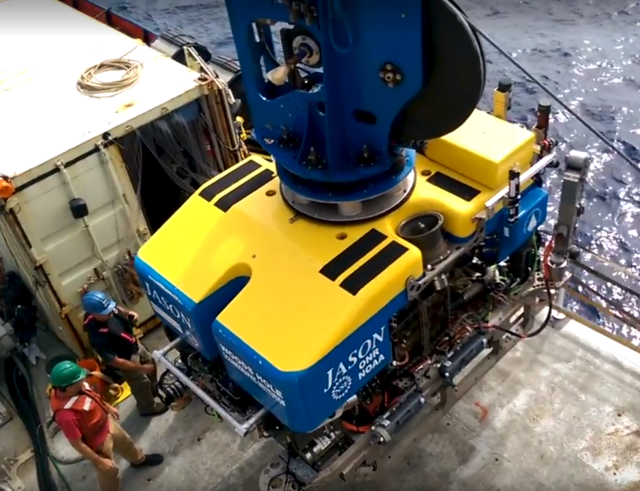
The Regional Cabled Array laces Axial with cameras, microphones, and chemical sensors, streaming data straight to shore in real time. That means when the eruption comes, it will not be a mystery reconstructed after the fact but a blow-by-blow account of lava pouring, vents collapsing, and gases venting. The idea that the world can now watch an undersea eruption unfold live is extraordinary, and every spike in seismicity adds to the anticipation of witnessing something Earth has always done but humans have rarely seen.
8. Lava flows will reshape the seafloor gradually.
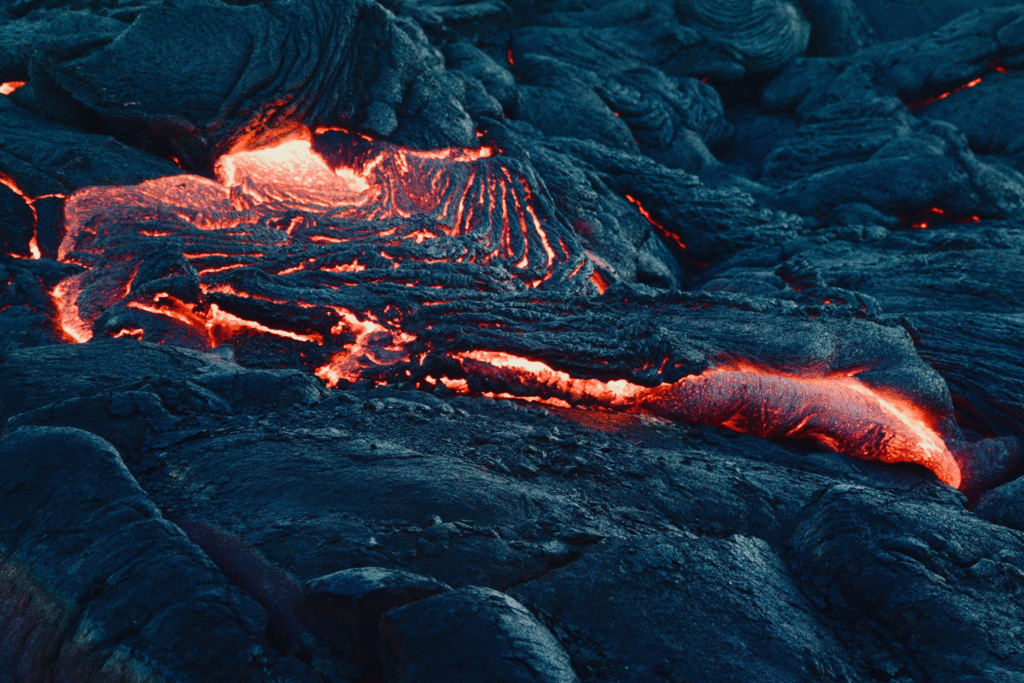
Axial’s eruptions do not produce apocalyptic explosions but rather sprawling sheets of lava that creep across the caldera, cooling into bulbous formations known as pillow lavas. These eruptions can last for days or weeks, methodically paving over old crust with new. Hydrothermal circulation shifts, fracture patterns are re-etched, and the physical geography of the Pacific floor is redrawn in silence beneath the waves. Every eruption adds to the geological mosaic, a relentless process of growth hidden from human sight yet massive in scale.
9. Acoustic signals may echo the eruption.
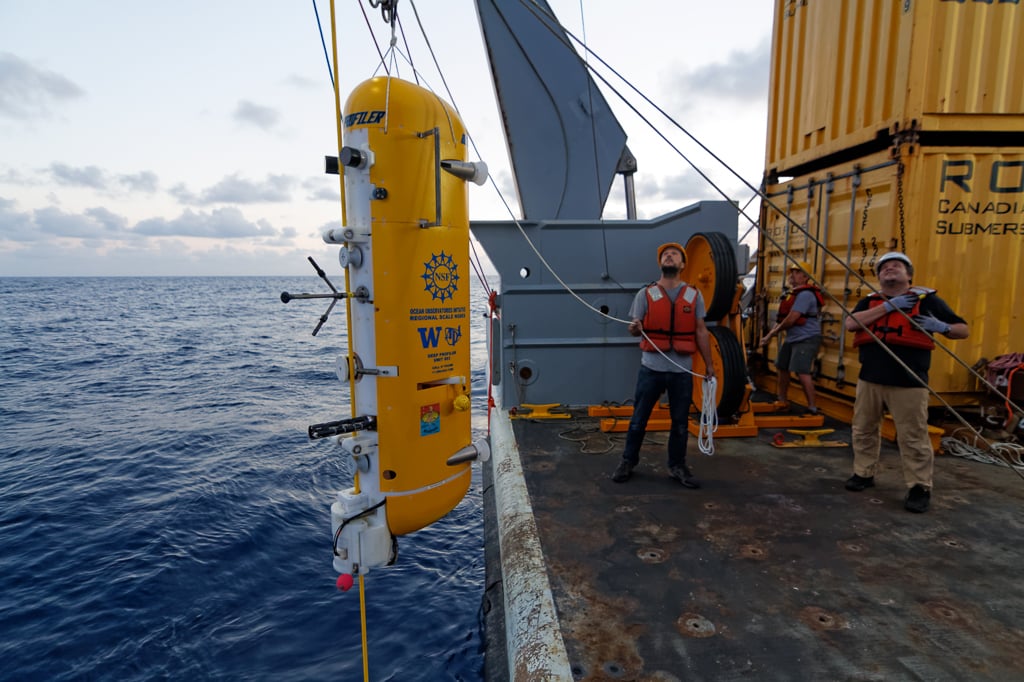
When Axial finally erupts, it will roar in ways we cannot hear at the surface. Hydrophones will capture the sharp cracks of rock breaking, the hiss of lava meeting seawater, and the resonant booms of magma pushing through conduits. These sound signatures are as distinctive as fingerprints and allow scientists to track the exact sequence of events unfolding. It turns the seafloor into a concert of destruction, one that echoes through the ocean as data even if not as sound to our ears.
10. The spreading ridge context makes it exceptional.
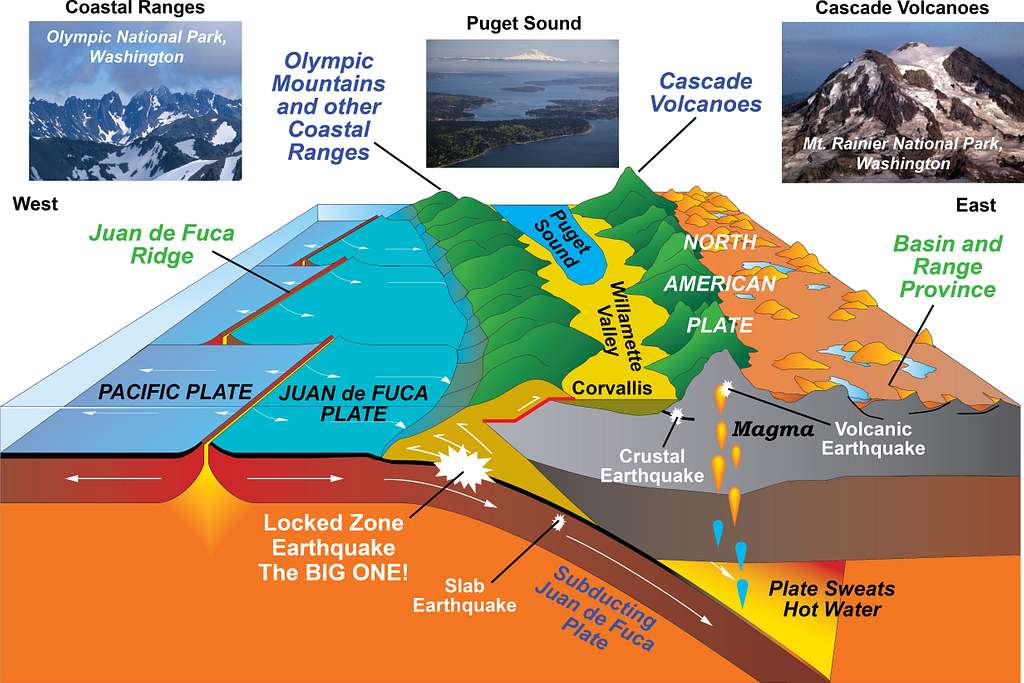
What makes Axial different is its home on the Juan de Fuca Ridge, where tectonic plates are pulling apart and new crust is born. Here, magma is supplied constantly, not sporadically, making Axial one of the most active submarine volcanoes on Earth. The combination of hotspot supply and ridge spreading means eruptions here can recur on decadal timescales, making it a natural laboratory for scientists. This unique setting ensures that when Axial begins to erupt again, the event will not just be another eruption but a vivid, high-resolution glimpse into the relentless engine that builds our planet’s crust.
